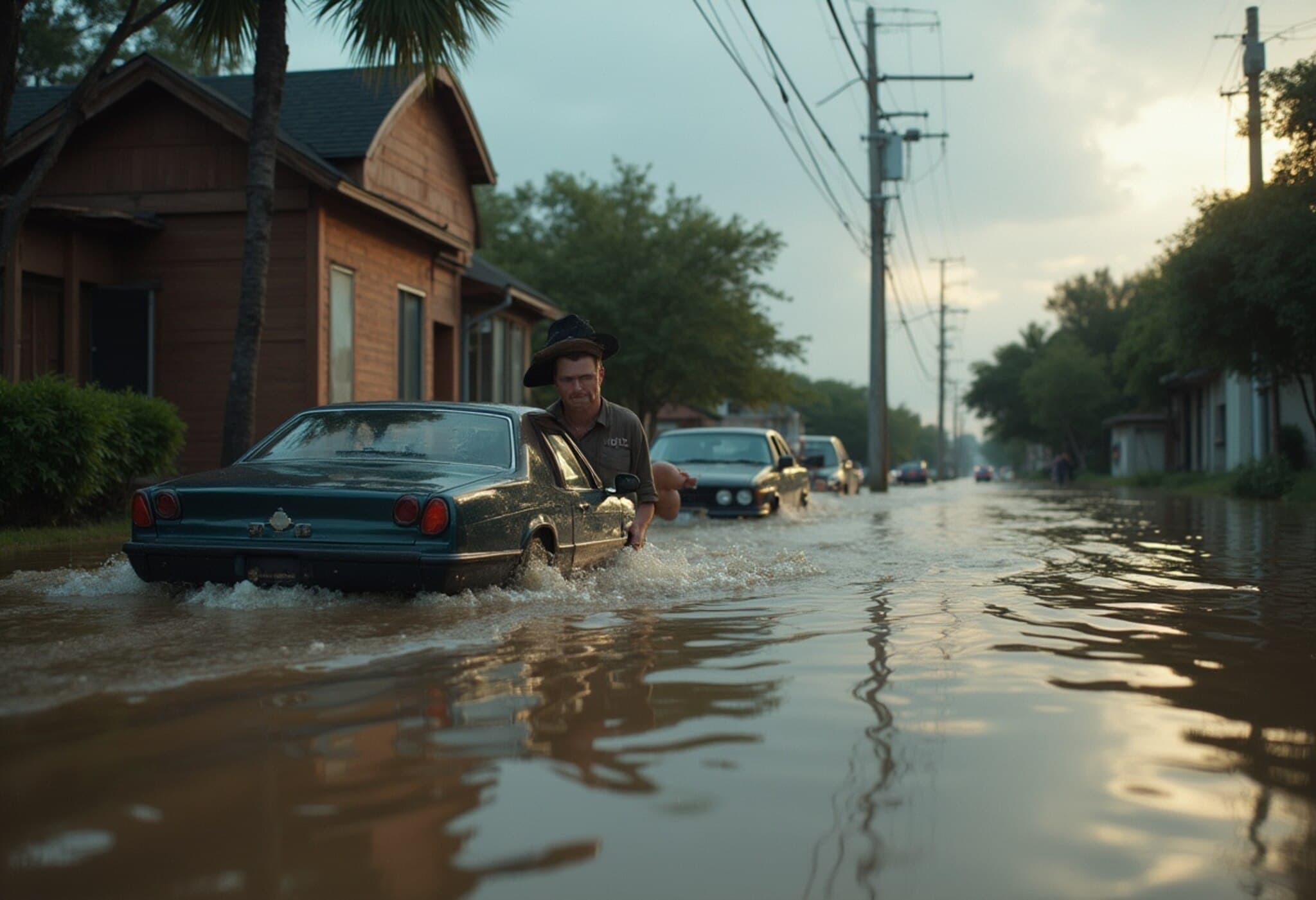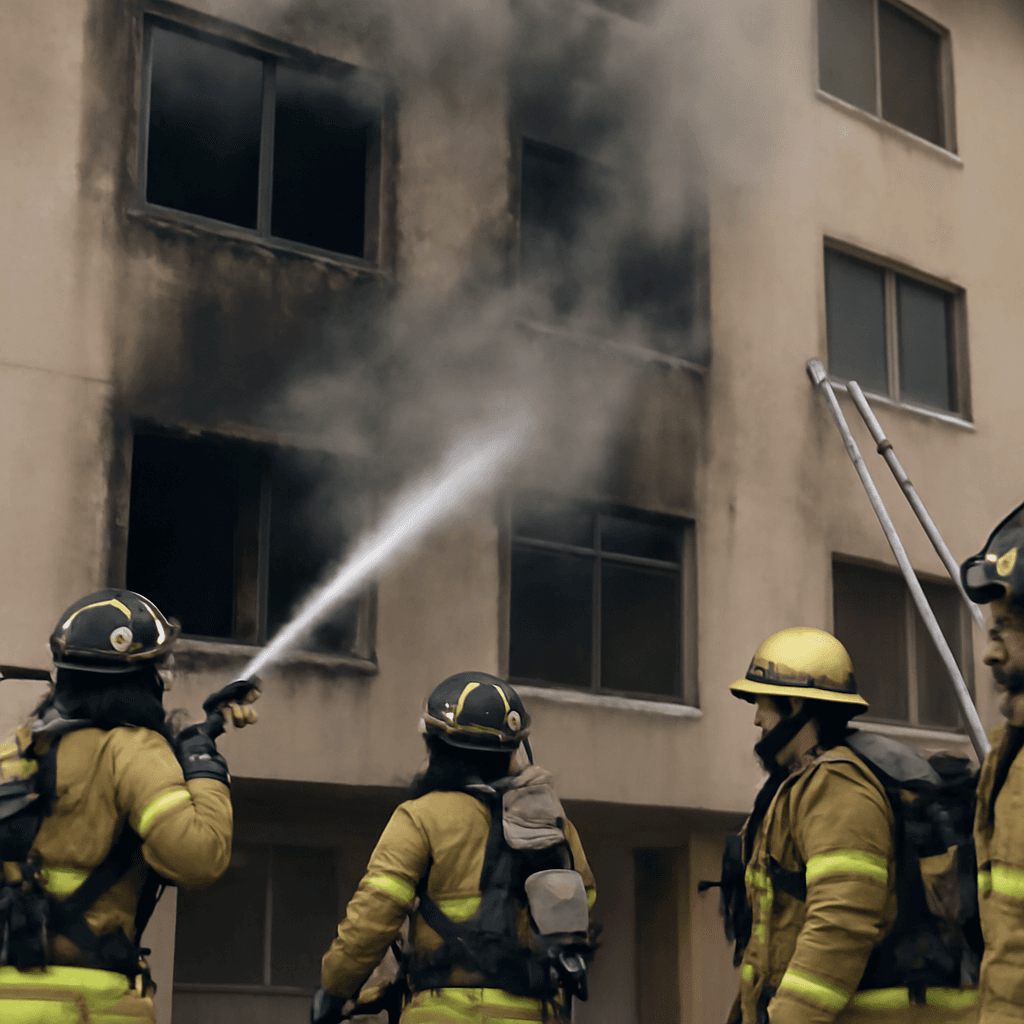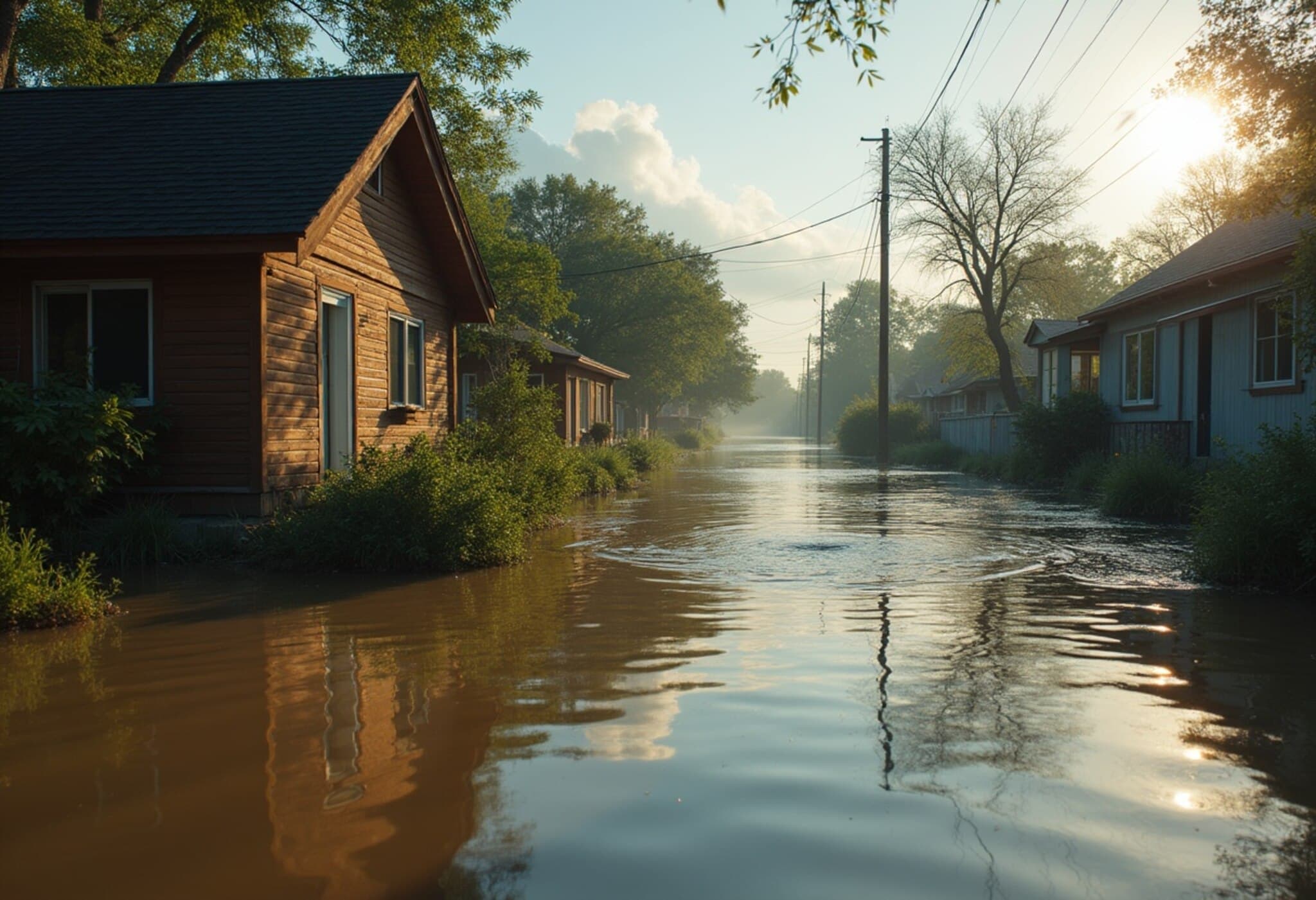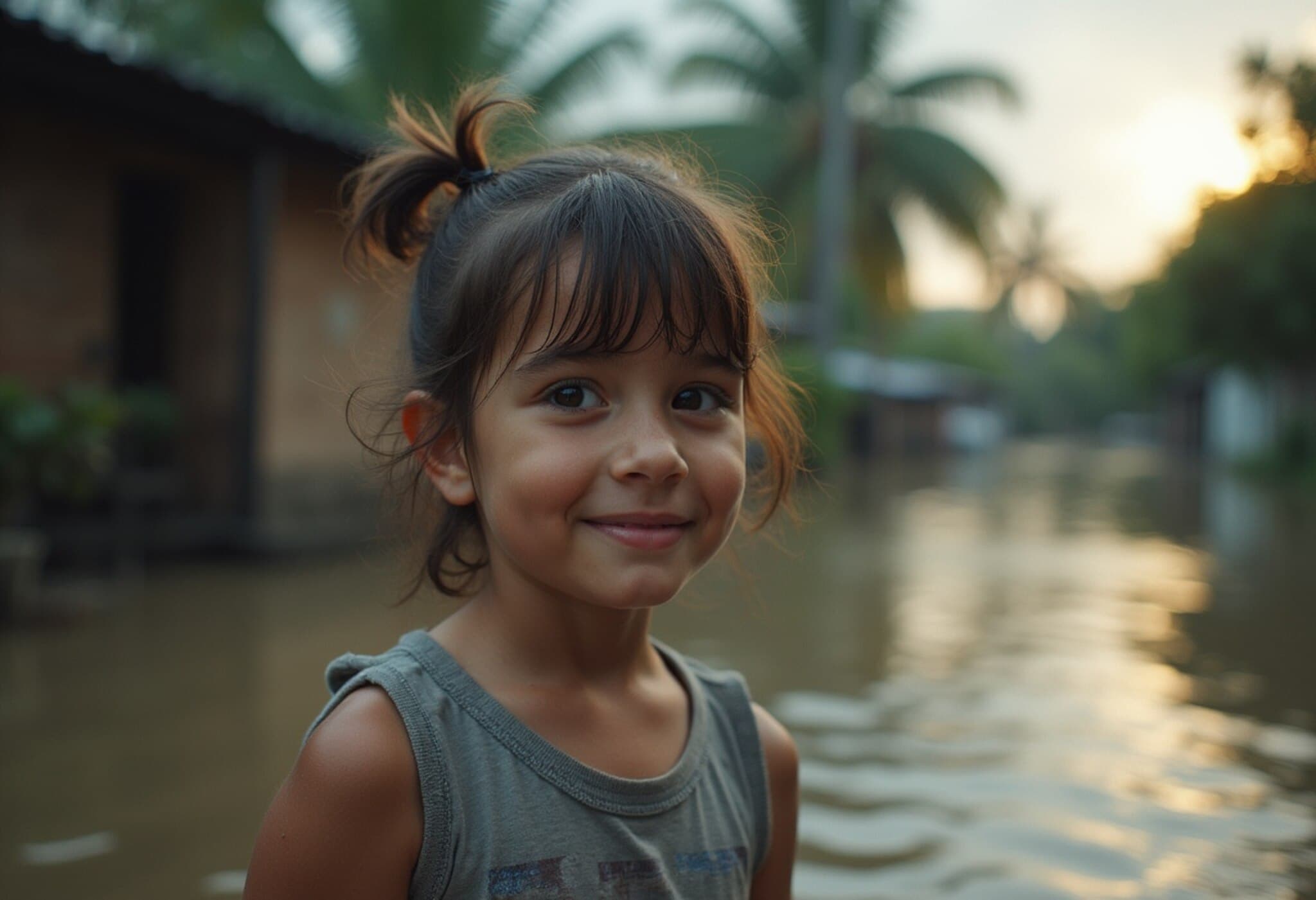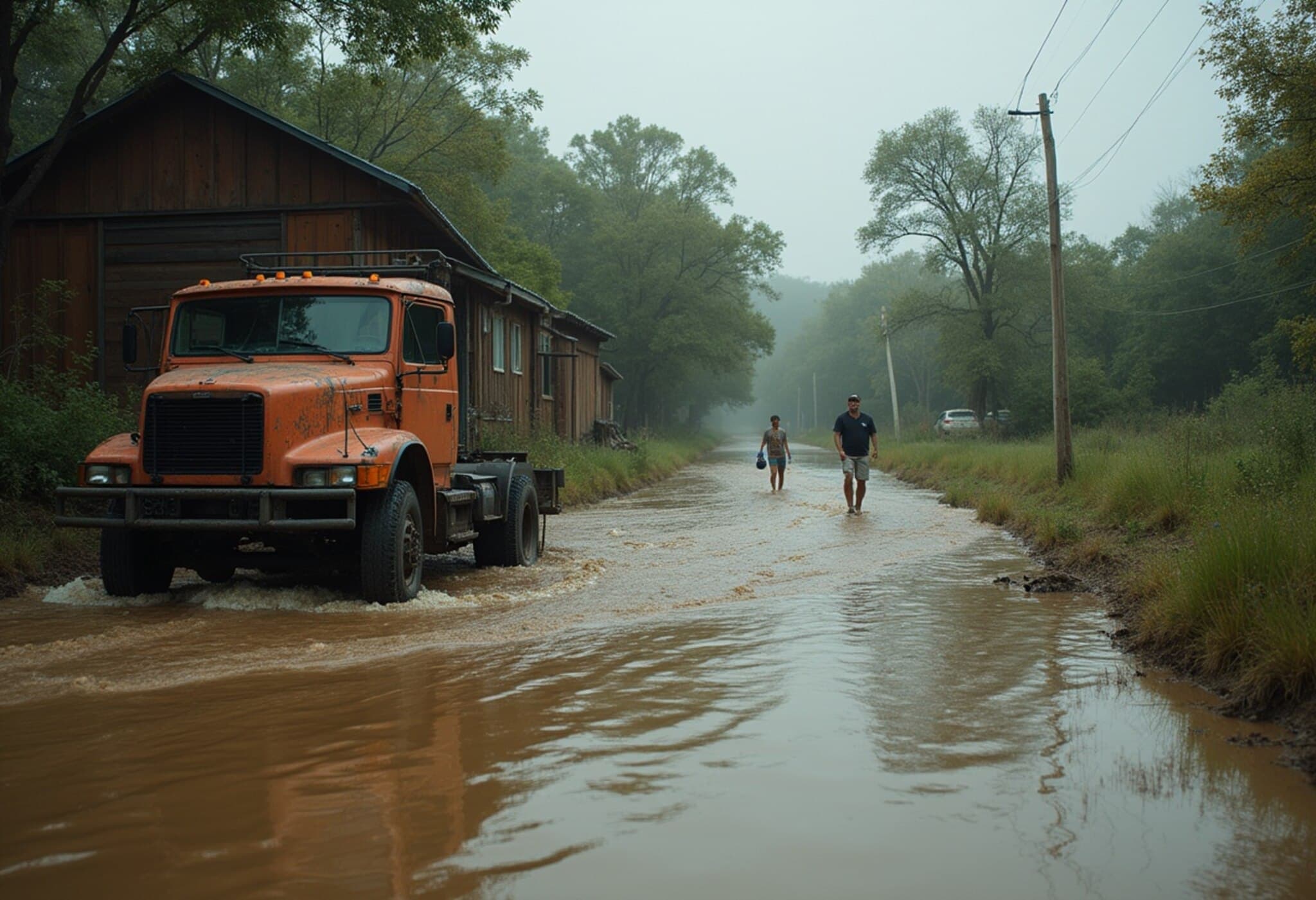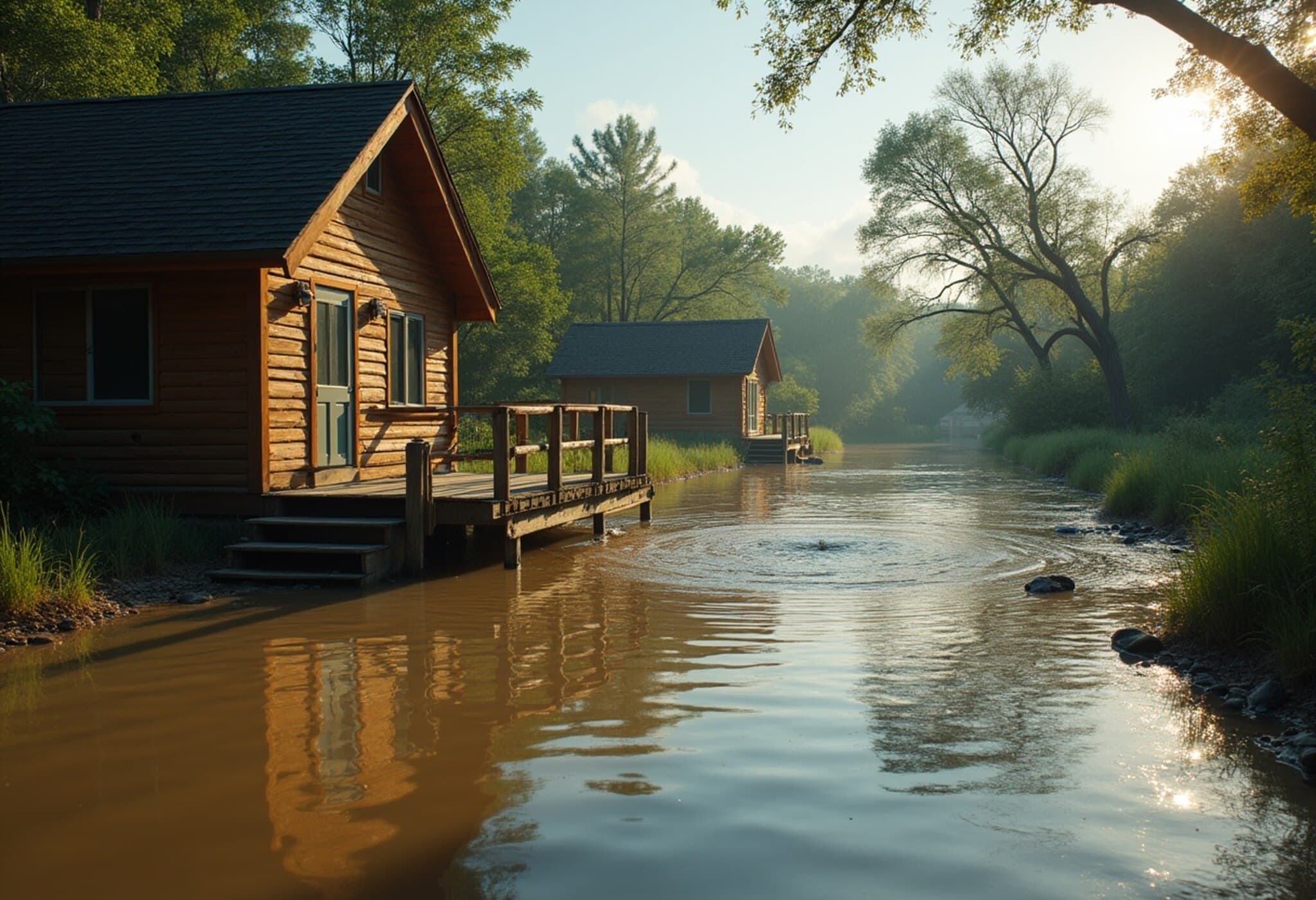Heartbreaking Aftermath of Texas Flash Floods Leaves Hundreds Missing
More than 160 people remain unaccounted for in the wake of catastrophic flash floods that devastated parts of Texas over the July Fourth weekend, Governor Greg Abbott confirmed on Tuesday. The death toll has tragically climbed to 109 lives lost, including many children, as rescue teams scramble to locate survivors and recover victims amid widespread destruction.
The Deadly Surge in the Hill Country
The disaster unfolded primarily in the picturesque yet vulnerable Hill Country region, known for its rivers and summer camps. Torrential rains triggered an unprecedented flash flood that caused the Guadalupe River to swell 26 feet (8 meters) within an hour, sweeping away cabins, tents, and RVs alike during the early hours before dawn on Friday.
Many missing individuals were last seen at campsites near the river, with the all-girls Camp Mystic bearing the brunt of the tragedy. At least 27 campers and staff have been confirmed dead at the camp, with five campers and one counselor still missing. Scenes of devastation — muddy blankets, scattered personal belongings, and overturned luggage — paint a stark, somber picture of the flood’s swift cruelty.
Governor Abbott’s Vow and Presidential Support
From a helicopter surveying the damage in Hunt, Texas, Governor Abbott reassured residents: "We will not stop until every missing person is accounted for." His visit to the hardest-hit counties underscores the urgency and scale of ongoing rescue and recovery efforts.
Meanwhile, former President Donald Trump expressed deep sorrow, especially for the children lost, and announced plans to visit Texas soon to support recovery initiatives.
Challenges in Emergency Warning and Response
This tragedy has also stirred tough questions about preparedness. Residents and officials alike are grappling with why an effective early warning system wasn’t in place—particularly in Kerr County, where much of the devastation occurred. Local authorities revealed that a previous bid for federal funding to establish an emergency alert system was denied, and the community was reluctant to finance such infrastructure independently.
According to Lt. Col. Ben Baker of the Texas Game Wardens, the top priority remains bringing people home rather than investigating past emergency communication gaps: "Right now, this team is focused on bringing people home." However, this gap highlights a critical conversation around public safety funding and climate resilience for flood-prone areas.
Climate Change and Increasing Risks
Experts warn that rapidly intensifying weather events like these flash floods are becoming more frequent due to climate change, though tying one specific storm directly to global trends remains complex. The Texas catastrophe serves as a sober reminder of the growing urgency for adaptive infrastructure and community preparedness in the face of unpredictable, extreme weather.
Human Stories Amid the Wreckage
Survivors like Aidan Duncan, who escaped the Riverside RV Park after an evacuation warning, now face heartbreaking losses—his personal belongings, cherished sports cards, and even a birdcage lie drenched in mud outside his home. Such scenes underscore the profound human cost behind the statistics.
In Kerr County alone, at least 30 of the confirmed victims were children, a devastating toll that resonates deeply across communities.
What Comes Next?
Rescue teams continue their tireless search, though hope for additional survivors grows dimmer as days pass without new finds. As Texas begins the long road to recovery, questions about emergency preparedness, climate adaptation, and funding for critical alert systems loom large. This tragedy calls for rigorous reflection and action to prevent such loss in the future.
Editor's Note
The Texas flash floods serve as a stark indicator of how vulnerable communities remain to sudden natural disasters, underscoring gaps in emergency infrastructure and the escalating challenge climate change poses. While the heartbreak is palpable, this crisis also presents an urgent call to action: to invest in alert systems, to foster resilient communities, and to ensure that the lives lost spur meaningful change in policy and preparedness. How will Texas and the nation heed this warning going forward?

